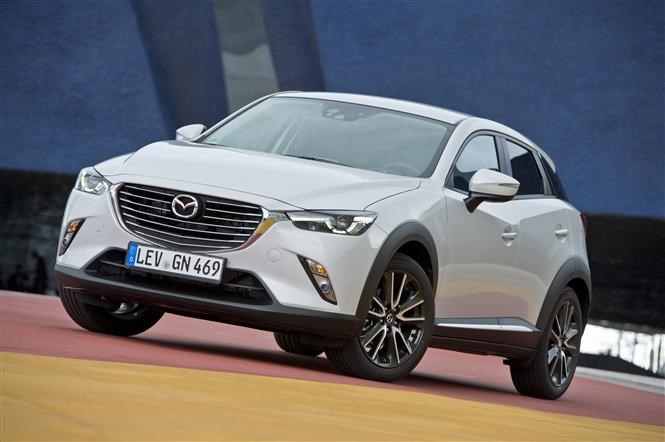Small crossovers are everywhere lately; chunky looking 4×4 wannabes hiding the underpinnings of a conventional hatchback underneath. Latest to join the fray is Mazda with its new CX-3.
Notice something immediately different about the CX-3 compared to the competition? While beauty ultimately remains in the eye of the beholder, Mazda’s attempted to give its crossover elegant styling, eschewing the controversial looks of its key rival, Nissan’s Juke.
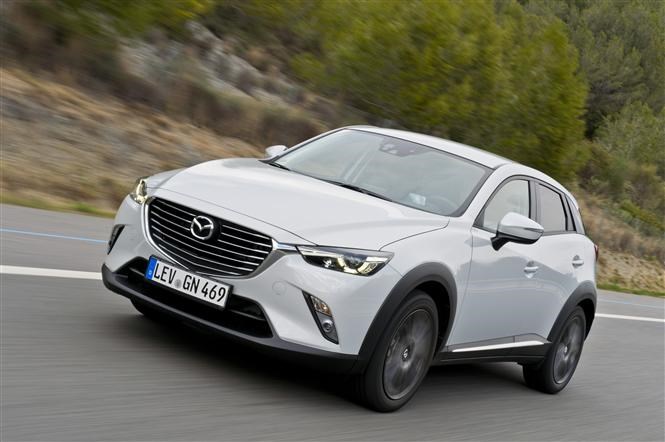
Fit for purpose
Those small hatchback underpinnings – in this case, those of the latest Mazda 2 – mean the CX-3 isn’t much more spacious than the car it shares much of its DNA with. Four adults can sit comfortably inside, although five would be a squeeze.
With the rear seats mounted higher than those in the front, back bench passengers have a better than normal view out, despite the CX-3’s relatively shallow side windows – a styling feature of its much-vaunted Kodo design language.
Out back there’s a 350-litre boot with the rear seats in place, a smidgen shy of the Juke’s 354-litre offering, but access to it is compromised by a high loading lip.
Build quality and the tactility of the interior materials feels good, even though our exploratory drive was conducted in pre-production models. The dash layout and cabin colour schemes are similar to those found in the new 2, including technology such as head-up display and the seven-inch touchscreen for the infotainment package with accompanying rotary controller between the front seats.
Full production cars are likely to display a high level of fit and finish if these early builds were a guide.
Mazda’s familiar trim levels of SE, SE Nav, SE-L, SE-L Nav (we expect this to be particularly popular with company car drivers) and Sport Nav are employed on the CX-3. All models come with alloy-wheels, air-con, a seven-inch colour touchscreen with additional rotary controller, Bluetooth connectivity and cruise control.
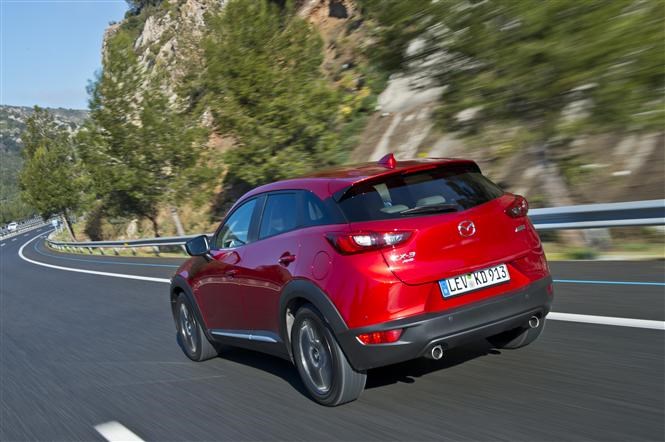
Petrol and diesels on offer
While rival manufacturers are downsizing their engines, turbocharging them to deliver adequate performance, Mazda continues with larger-capacity, naturally aspirated units, in petrol form at least.
Mazda claims this not only delivers more linear performance but will provide real-world fuel efficiency closer to the claimed official figures, thanks also to the firm’s weight-saving SkyActiv technologies.
Kicking off the range are manual and automatic versions of the 118bhp 2-litre petrol, which with 137g/km and 136g/km of CO2, respectively, are placed in the 22 percent Benefit in Kind (BIK) band. Mazda’s official figures suggest 48mpg for the manual, 49mpg for the automatic.
Choose the entry-level SE 2-litre with manual transmission and your monthly bill will be £65 at 2015/16 rates.
Opt for the more powerful 148bhp engine – solely available on range-topping Sport Nav trim – combined with manual transmission and four-wheel drive and CO2 emissions rise to 150g/km, or 25 percent BIK. For a 20 percent rate payer, that will work out at £94 per month, as well as managing a thirstier 44mpg claim for unleaded.
For the cheapest running costs you need to stick with the turbocharged 1.5-litre, 104bhp diesel. The most frugal of these are front-wheel drive and feature manual gearboxes, delivering a claimed 71mpg with emissions of just 105g/km. At 2015/16 rates that means a 19 percent BIK rate, or £60 per month for an SE model.
Four-wheel drive is also optional on the diesel, again specifically with Sport Nav specification, but no power increase this time around. Manual and automatic gearboxes are available; the former delivering claims of 60mpg and 123g/km of CO2 (23 percent BIK), the latter 54mpg and 136g/km (25 percent).
Company car drivers on the 20 percent rate will have a monthly bill of £103 for the automatic diesel range-topper.
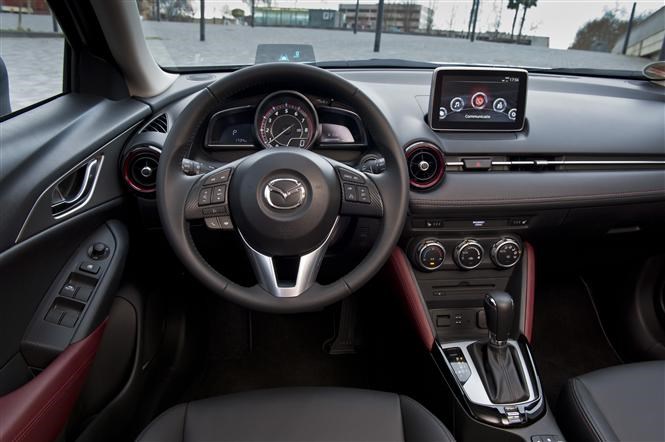
Driving impressions
From our brief drives of the CX-3, the new Mazda feels as though it will have much to offer – something we’ll be able to explore in greater depth when the production versions are tested in the coming weeks.
With 270Nm of torque from just 1,600rpm, the diesel provides a useful amount of performance for getting away from junctions at slower speeds, as well as allowing higher-paced overtaking moves. Less impressive was the engine’s audible clatter when pushed harder, despite Mazda’s efforts to embody high levels of refinement. Shift changes from the six-speed automatic were smooth and felt suited to urban driving in particular.
It was much more serene when behind the wheel of the 148bhp 2-litre petrol, fitted here with a six-speed manual transmission and four-wheel drive. The lack of a turbo means engine performance builds gradually through the rev range, with sprightly performance covering the 0-62mph acceleration test in 8.7 seconds.
That manual gearbox is a gem too, with a precise, mechanical feel to the shift pattern akin to the feel of those fitted to MX-5s. While the suspension settings err on the side of sportiness, the firmness isn’t detracting, instead the CX-3 feels planted and assured on the road in a way its rivals can’t equal.
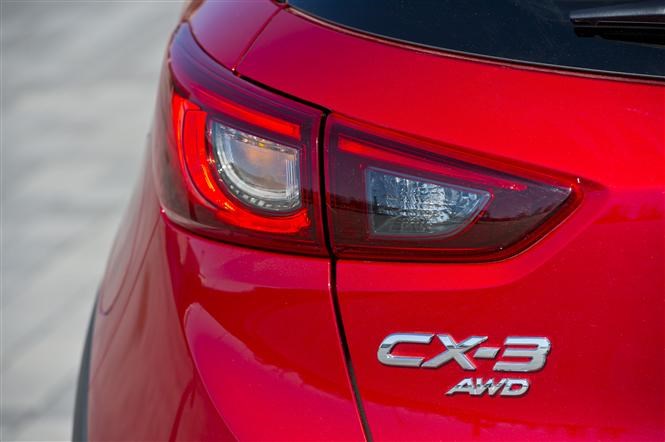
Small crossover shortlist
Combined with Mazda’s strong reliability record and the fact its looks are far less divisive than its rivals, the CX-3 looks set to be a key player in the small crossover sector.
If you’re considering the Nissan Juke, Peugeot 2008 or Renault Captur, the Mazda CX-3 needs to be on your shortlist.



